Welcome to a world where learning meets the soil, and curiosity blossoms alongside vibrant blooms. In the enchanting realm of educational gardening tools for children, we embark on a journey exploring tools that transform the ordinary act of planting into a captivating experience. These tools not only cultivate gardens but also nurture young minds, sowing seeds of knowledge and fostering a lifelong love for nature. Join us as we dig into the wonders of educational gardening tools for children, where every tool is a key to unlocking the mysteries beneath the surface and cultivating a greener, more informed future.
Table of contents
The Benefits of Gardening for Children
In a world buzzing with screens and electronic devices, it’s refreshing to discover the timeless joys of gardening, especially for children. Beyond the vibrant hues of blooming flowers and the earthy scent of soil, tending to a garden offers an array of physical, mental, and emotional benefits that are invaluable to a child’s development.
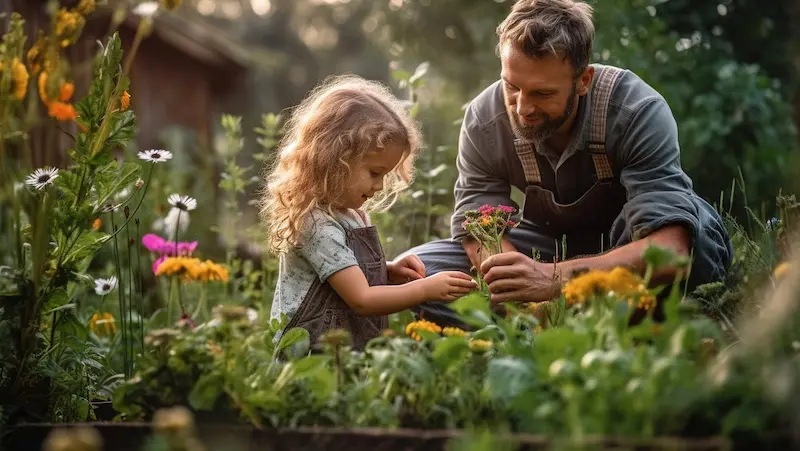
Digging into Physical and Mental Wellness
1. Physical Exercise in the Great Outdoors:
In an age dominated by sedentary outdoor activities for kids, gardening provides an opportunity for children to engage in physical exercise without even realizing it. From digging and planting to weeding and watering, these activities for kids promote motor skills development, strength building, and overall physical fitness.
2. Mindful Moments in Nature:
Gardening is a sensory experience that encourages mindfulness. Feeling the texture of soil, smelling the fragrance of flowers, and hearing the rustle of leaves – these simple acts engage a child’s senses and contribute to their mental well-being. Studies have shown that exposure to nature can reduce stress and improve focus, crucial elements in a child’s cognitive development.
Nurturing a Connection to Nature
1. Understanding the Circle of Life:
Through gardening, children get a front-row seat to the wonders of nature’s life cycle. Planting seeds, observing sprouts emerge, and witnessing the transformation of buds into blossoms instills a deep appreciation for the interconnectedness of all living things. This firsthand experience fosters a sense of responsibility and respect for the environment.
2. Learning About Biodiversity:
Gardening introduces children to the concept of biodiversity as they discover various plant species, insects, and even small animals that inhabit their garden. This hands-on education encourages curiosity and a lifelong love for nature, promoting environmental stewardship from an early age.
Seeds of Responsibility and Patience
1. Cultivating Patience:
Gardening is a lesson in patience, a virtue that is often challenging for children to grasp in a fast-paced world. Waiting for seeds to sprout, observing the gradual growth of plants, and witnessing the time it takes for flowers to bloom teach children the value of patience, a skill that extends beyond the garden gate.
2. Taking Ownership and Responsibility:
As young gardeners nurture their plants, they develop a sense of responsibility. The daily care of their garden teaches them commitment, as they understand that the well-being of their plants depends on their consistent efforts. This sense of ownership instills confidence and a feeling of accomplishment, laying the groundwork for responsible behavior in other aspects of life.
Educational Gardening Tools
Gardening not only teaches children about the natural world but also fosters a sense of responsibility and patience. To make this educational gifts for kids journey more exciting, there’s a wide array of gardening tools designed specifically for kids. Let’s explore some of these tools that not only make learning experience fun but also ensure the safety of our little green thumbs.
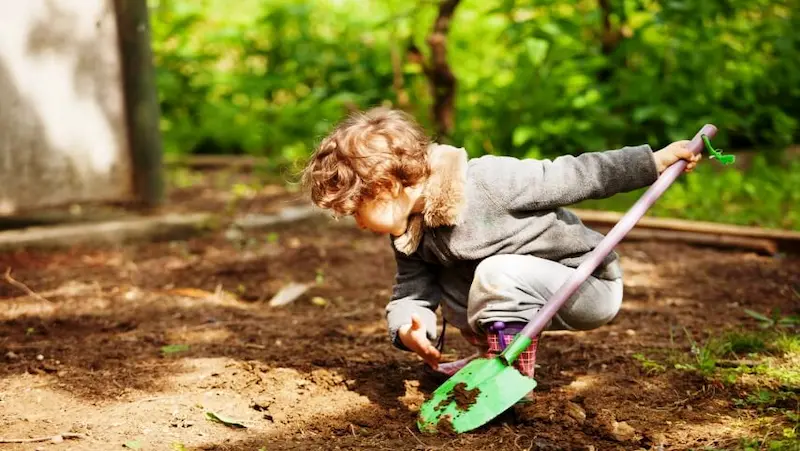
The Exciting World of Educational Gardening Tools
1. Colorful Trowels:
Imagine a trowel that’s not just a tool but a burst of colors! These vibrant trowels capture a child’s attention and make digging in the soil an artistic adventure. With different shapes and sizes, they cater to the diverse needs of young gardeners.
2. Kid-Friendly Watering Cans:
Transforming a mundane task into a playful one, watering cans for kids come in various shapes – from dinosaurs to butterflies. These lightweight cans encourage children to take an active role in caring for their plants while making the process enjoyable.
3. Butterfly Nets and Bug Catchers:
Learning about the tiny creatures that inhabit a garden is an essential part of gardening education. Butterfly nets and bug catchers provide a hands-on experience, allowing children to observe and study insects up close.
Safety First: Tools Suitable for Little Hands
1. Gloves with a Twist:
Regular gardening gloves can be a bit too bulky for small hands. Enter the world of gloves designed specifically for kids, featuring vibrant colors and breathable materials. Not only do they protect little fingers, but they also add an element of fun facts for kids to the gardening experience.
2. Safe-Edge Pruners:
For those moments when trimming is necessary, safe-edge pruners are the answer. Crafted with rounded tips and easy-to-use mechanisms, these pruners ensure that kids can trim with confidence and without the worry of sharp edges.
3. Non-toxic Markers for Plant Labeling:
To encourage learning and organization, non-toxic markers are perfect for labeling plants. These markers allow children to personalize their garden while ensuring that their creations are safe for both them and the environment.
Growing Minds: How These Tools Enhance Learning
Gardening isn’t just about planting seeds; it’s about cultivating a love for learning. These Educational gardening tools for children tools play a vital role in enhancing a child’s experience:
1. Hands-On Learning:
The tactile nature of gardening tools provides a hands-on learning experience, helping children connect theoretical knowledge with practical application.
2. Encouraging Responsibility:
Assigning specific tools to children fosters a sense of responsibility as they learn to care for and manage their gardening equipment.
3. Fostering Curiosity:
The vibrant colors, unique shapes, and child-friendly designs of these tools capture the curiosity of young minds, turning gardening into an exciting exploration.
Practical Gardening Projects
As spring blooms and the sun invites us outdoors, there’s no better time to get your little ones involved in the magic of gardening. Not only does it teach them about nature and responsibility, but it’s also a fantastic way to create lasting memories together. Here are some age-appropriate gardening projects that seamlessly blend learning with fun activities for kids, along with a few tips for parents to join the green-thumbed adventure.
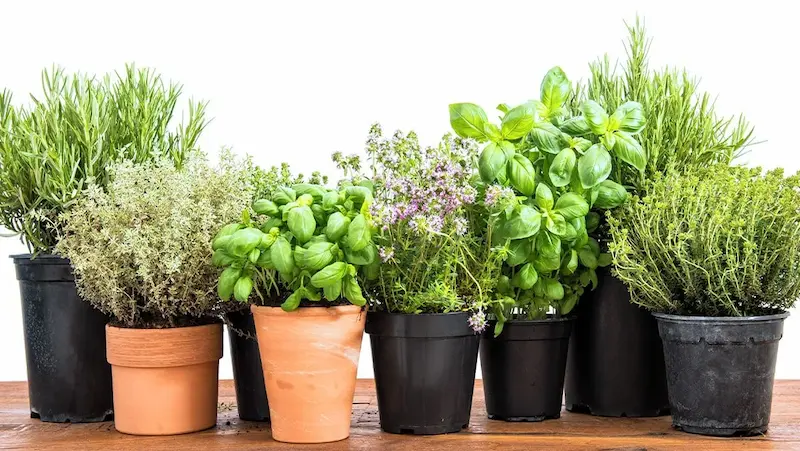
1. Seed Bombs for Little Sprouts
Age: 4-6 years
Gather your mini gardeners and let them create “seed bombs.” Mix together clay, soil, and wildflower seeds to form small balls. Toss these eco-friendly bombs into an empty patch of soil, and watch as flowers burst into bloom. It’s a hands-on lesson in the lifecycle of plants and the importance of biodiversity.
Parental Tip: Help your little ones understand the concept of seeds and growth by sharing stories for kids about how plants develop from tiny seeds into beautiful flowers or tasty vegetables.
2. Herb Garden for Tiny Chefs
Age: 7-9 years
For budding chefs, a herb garden is a perfect match. Choose easy-to-grow herbs like basil, mint, or chives. Kids can learn about the various scents and flavors each herb brings to the kitchen. Encourage them to use their homegrown herbs in simple recipes, making the learning game for kids experience both practical and delicious.
Parental Tip: Join in the fun by cooking together. Discuss the role of herbs in enhancing flavors and connect it to the satisfaction of growing your own ingredients.
3. Butterfly Haven for Junior Entomologists
Age: 10-12 years
Create a butterfly haven by planting nectar-rich flowers like zinnias and marigolds. This project introduces children to the importance of pollinators in our ecosystem. They can observe the fascinating transformation of caterpillars into butterflies, fostering an appreciation for the interconnectedness of nature.
Parental Tip: Incorporate a bit of biology by explaining the life cycle of butterflies. Make it an exploration adventure by identifying different butterfly species together.
4. Terrarium Time for Future Ecologists
Age: 13-15 years
Terrariums are like miniature ecosystems, offering a hands-on lesson in the water cycle and plant interactions. Teens can design their own enclosed garden using succulents, moss, and pebbles. It’s a creative way to explore the balance within ecosystems and the importance of sustainable practices.
Parental Tip: Discuss the significance of maintaining a balance within an ecosystem. Connect it to real-world issues, like the importance of conservation and sustainable living.
Tips for Parents:
1. Start Small: Begin with simple projects to capture your child’s interest. As they witness the results of their efforts, they’ll be more motivated to take on bigger gardening challenges.
2. Be Patient: Gardening teaches patience. Guide your little ones through the waiting process, emphasizing the joy of seeing their plants grow over time.
3. Encourage Questions: Cultivate curiosity by encouraging questions about the plants, insects, and the overall gardening process. This sparks a love for learning in a natural, enjoyable way.
4. Celebrate Success: Whether it’s the first sprout or the first harvest, celebrate these milestones with your child. It fosters a sense of accomplishment and pride in their gardening endeavors.
Growing a Love for Nature
In the hustle and bustle of modern life, it’s easy for kids to become disconnected from the beauty of the natural world. Yet, there’s a timeless joy in watching a tiny seed sprout into a vibrant flower or tasting the sweetness of a homegrown tomato. Gardening, a simple and accessible activity, has the power to instill a lifelong love of nature in children, fostering curiosity and appreciation for the world around them.
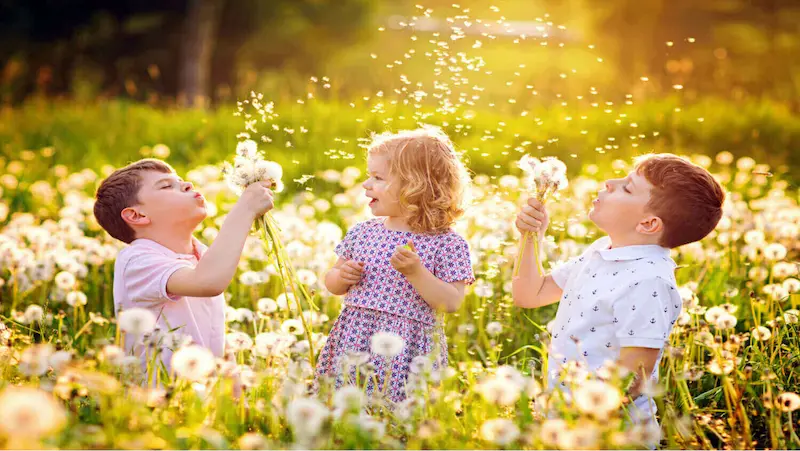
A Patch of Possibilities: How Gardening Grows Love for Nature
Gardening isn’t just about tending to plants; it’s about nurturing a connection with the Earth. When kids get their hands dirty in the soil, something magical happens. They witness the miracle of life as seeds transform into sturdy saplings and blossoming flowers. This hands-on experience lays the foundation for a deep-rooted appreciation for nature.
Think back to your own childhood—did you ever plant a seed and anxiously wait for the first sprout? It’s a memory that lasts a lifetime, a moment of pure wonder and excitement. These small, meaningful interactions with nature create lasting impressions and shape a child’s perception of the world.
Rooted in Reality: Personal Stories of Nature’s Impact
Gardening isn’t just a hobby; it’s a journey filled with stories waiting to be written. Consider the tale of little Emma, who, armed with a tiny watering can, diligently cared for her sunflowers. With each passing day, her fascination grew, and so did her sunflowers. The sense of accomplishment and connection to nature that she felt was immeasurable.
Then there’s James, who discovered the joy of picking fresh strawberries from his backyard. The simple act of plucking ripe berries became a cherished family ritual, fostering a love for the environment and sustainable living. These stories aren’t isolated incidents—they represent the countless moments of discovery and delight that gardening can bring to a child’s life.
Cultivate Curiosity: A Call to Parents
As parents, we play a crucial role in shaping our children’s relationship with the natural world. By encouraging their curiosity and providing opportunities to explore, we sow the seeds of a lifelong love for nature. Take a stroll through a botanical garden, go on a nature scavenger hunt, or simply plant a few seeds in pots on the windowsill. These small gestures can have a profound impact on a child’s perspective.
Let’s be the guides in their journey of discovery, fostering a sense of wonder that will stay with them as they grow. Gardening isn’t just about plants; it’s about cultivating a love for the environment, teaching responsibility, and imparting values that will shape the future stewards of our planet.
Conclusion
In the end, the simple act of encouraging parents to step into the garden with their children goes beyond cultivating plants; it cultivates bonds and memories that last a lifetime. Through the shared joy of planting seeds, tending to blossoming flowers, or even just digging in the dirt together, parents and children create a unique connection that blossoms just like the garden they nurture. So, let’s not only plant the seeds in the soil but also in the hearts of our loved ones, fostering a love for nature and each other that will continue to grow as beautifully as the flowers in our gardens. Happy gardening and even happier bonding!
To get your hands on more such articles, educational content, and free resources on coding classes for kids, online robotics classes for kids, game development, etc., check out the BrightCHAMPS Page now!
Frequently Asked Questions
A1: Educational gardening tools for children are specially designed gardening implements and kits that help kids learn about nature and gardening while having fun.
A2: These tools provide hands-on experiences, teach kids about plants and ecosystems, and encourage a deeper appreciation for nature, fostering a love of learning and the environment
A3: Educational gardening tools for children are typically designed for children in the 3-12 age range, but they can be adapted for various skill levels.
A4: You can find educational gardening tools for children online, at local garden centers, or in educational supply stores.
A5: Yes, these tools are designed with child safety in mind, using kid-friendly materials and features. Always supervise young children when using gardening tools.
A6: Gardening fosters responsibility, patience, and a connection to the natural world. It can also improve fine motor skills and offer a sense of accomplishment.

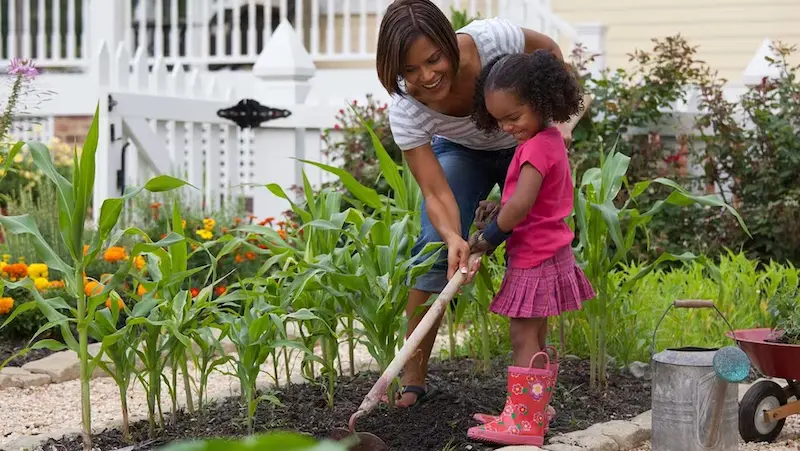
 We are an army of educators and passionate learners from BrightChamps family, committed to providing free learning resources to kids, parents & students.
We are an army of educators and passionate learners from BrightChamps family, committed to providing free learning resources to kids, parents & students.








